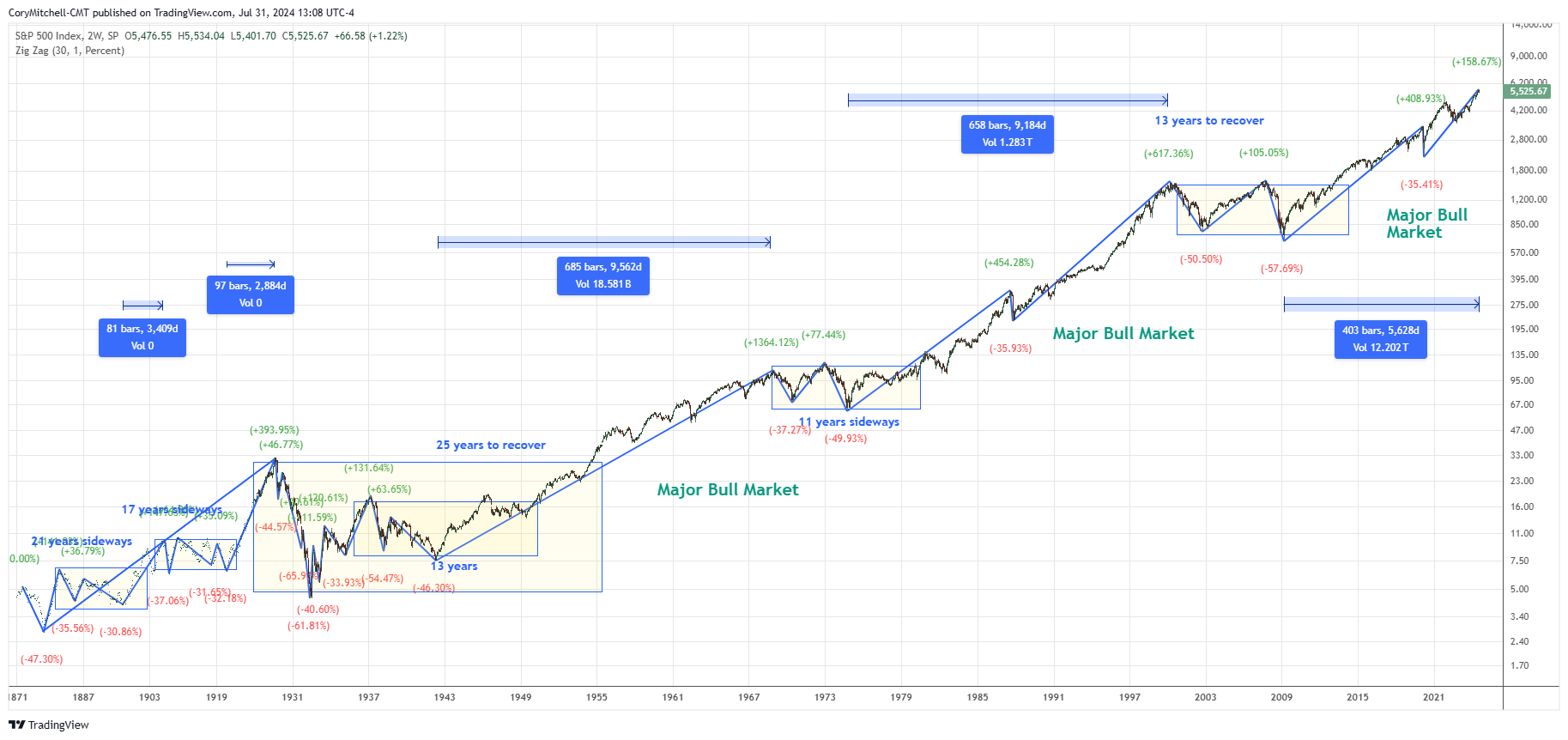Veve Vortex: Exploring the Latest Trends
Stay updated with the latest in news, tech, and lifestyle.
Stock Market: Where Bulls and Bears Dance
Dive into the thrilling world of the stock market, where bulls charge and bears lurk—discover strategies to navigate the dance of profits!
Understanding the Bull and Bear Markets: Key Characteristics and Trends
Understanding Bull and Bear Markets is essential for any investor aiming to navigate the financial landscape effectively. Bull markets are characterized by rising prices, typically indicating strong investor confidence and expectations of continued growth. During this phase, investors are more likely to buy into the market, believing that the positive trend will continue. Key characteristics of a bull market include increased corporate profits, low unemployment rates, and a robust economic outlook. In contrast, bear markets exhibit declining prices, often fueled by economic downturns or unfavorable market conditions. Investors tend to be more cautious during these times, leading to reduced trading activity.
The transition between bull and bear markets is influenced by various factors, including interest rates, inflation, and geopolitical events. Recognizing the trends and patterns associated with these markets can help investors make informed decisions. For instance, during a bull market, investors might notice increasing market indicators such as the Dow Jones Industrial Average or the S&P 500 Index consistently reaching new highs. Conversely, in a bear market, indicators may show continuous declines, prompting investors to reassess their portfolios. Understanding these dynamics is crucial for anyone looking to capitalize on market movements and minimize risks.

How to Profit from Market Trends: Strategies for Bull and Bear Phases
Understanding how to profit from market trends is crucial for both novice and seasoned investors. During bull phases, where prices are rising, investors can employ strategies such as buying low and selling high, utilizing momentum trading, and even engaging in sector rotation to maximize their gains. It is essential to keep an eye on market indicators like moving averages and relative strength index (RSI) to identify potential entry and exit points. Additionally, diversification can help mitigate risks during these phases, as different sectors may perform differently under bullish conditions.
Conversely, in bear phases, when market prices are declining, it becomes vital to adopt different strategies to safeguard investments and capitalize on opportunities. Techniques such as short selling, using options for hedging, and investing in defensive stocks or commodities can be effective. Investors should also consider staying informed by conducting thorough analysis and following economic indicators that predict market trends. Embracing a proactive approach during bear markets not only helps in minimizing losses but also positions investors to profit when the market rebounds.
What Do Bulls and Bears Mean for Your Investment Strategy?
Understanding the concepts of bulls and bears is crucial for shaping your investment strategy. In the financial world, a bull market refers to a period during which prices are rising or are expected to rise, causing increased investor confidence and enthusiasm. Conversely, a bear market signifies a decline in prices, leading to a sense of pessimism and caution. By identifying these market trends, investors can tailor their strategies, opting to buy during bull markets when the sentiment is positive, and adopting more defensive tactics during bear markets to protect their capital.
To effectively incorporate the ideas of bulls and bears into your investment strategy, consider implementing a diversified portfolio. This approach allows you to mitigate risks during bearish phases while capitalizing on the growth opportunities presented in bullish trends. Here are some strategies to consider:
- Research Market Trends: Stay informed about economic indicators that can signal potential shifts between bull and bear markets.
- Adjust Your Investments: Be prepared to reallocate assets based on market conditions—moving towards more defensive stocks or bonds during bear markets.
- Maintain Discipline: Stick to your investment plan and avoid emotional reactions to market fluctuations.